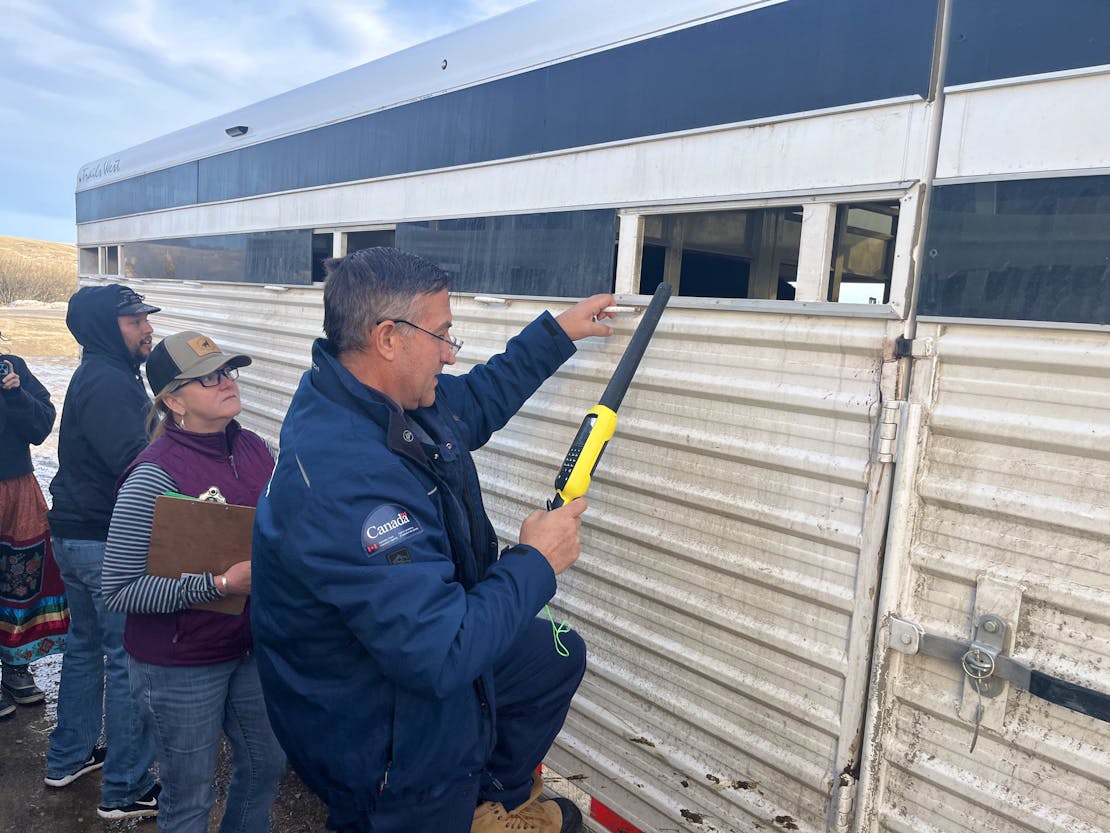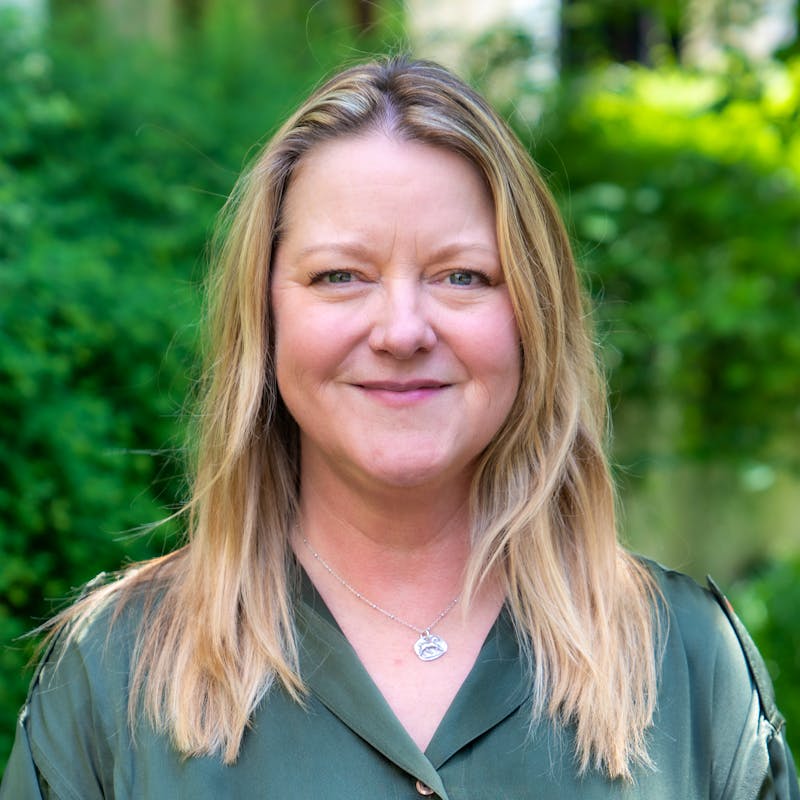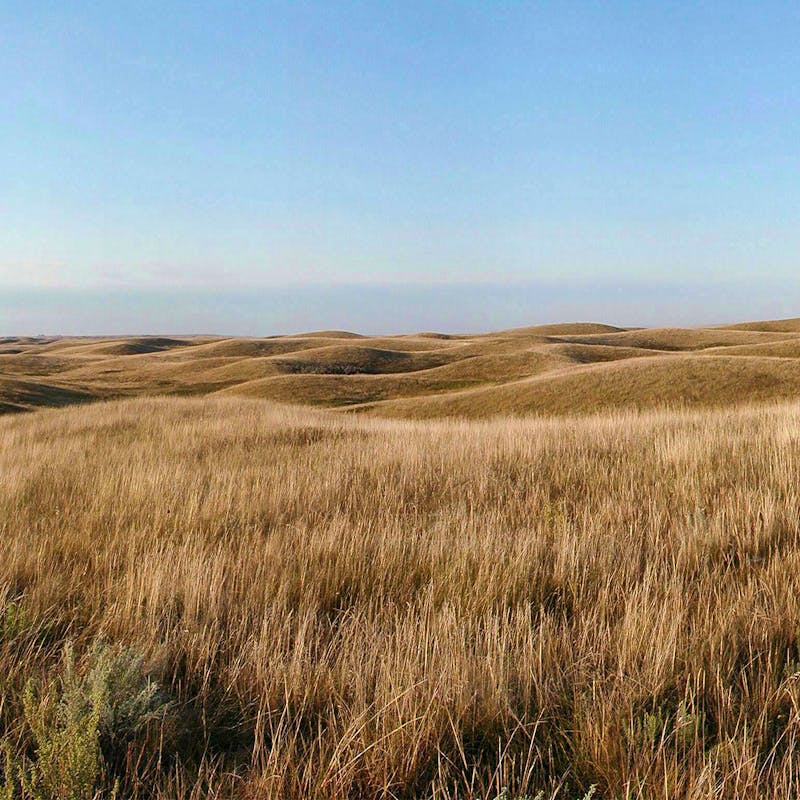“We are now connected to our relatives across the Medicine Line and to our buffalo relative.” - Mosquito Tribal Elder Vivian Stone.
I could not help but cry. They were tears of joy as the bulls galloped into their new home. It was a historic moment. A family group of Plains bison were gifted from the Fort Peck Assiniboine and Sioux Tribes in Montana to the Mosquito, Grizzly Bear’s Head and Lean Man First Nations in Canada. The animals, originating from Yellowstone National Park, were transferred in stock trailers 700 miles across the international border – once again connecting these Tribes to each other and what they call a relative, the buffalo, to their Indigenous communities.
To say this transfer was much anticipated for all involved is an understatement. Negotiations with Canadian officials and the United States Department of Agriculture for disease testing over the last year had finally been agreed to. All the planning and coordination was worth it. Read on for the inside story of this historic, international bison transfer.
From the U.S. to Canada
The journey for the bison across the U.S.-Canada border began in the early hours of January 30. When I pulled up to the Buffalo Pasture that morning, Fort Peck Tribes Buffalo Manager, Robbie Magnan, had already rounded up the animals into a holding pen.
“The bulls will go first, then the cows and yearlings. You will need to check all their numbers, Chamois, to make sure we don’t take the two males that ended up with the group,” Robbie instructed.
I climbed up the ladder to the platform above the holding pen and during the sorting checked their ear tags against my spreadsheet on my clipboard. The animals loaded into the stock trailers like clockwork and Mosquito Tribes Elder Vivian Stone led a prayer. The trailers were then hauled by two trucks from Tatsey Trucking Blackfeet members, a company Defenders of Wildlife routinely hires for Yellowstone bison transfers.
On the Road
Our next stop was the Ag Co-Op gas station in Wolf Point, Montana. Here we met USDA veterinarian Dr. Green just after 9 a.m. His signature was required on the final health certificate listing all the animals by number with their testing results, an important document we needed for the border inspection.
After we got Dr. Green’s signature, I jumped back in my truck and we were off, following the trailers with the bison for about 200 miles – roughly a six-hour drive – to the U.S.-Canada border. Our caravan included a delegation from the Mosquito Tribes, including several Council members, along with indigenous reporters and media following and filming us along the way.
I was fortunate enough to have Jonny Bearcub Stiffarm, a Fort Peck Pté (Buffalo) Group elder in my truck. She told Indian stories the whole way. The night before the Pté Group hosted a dinner and held a prayer ceremony for our safe travels.
Our trip, however, was not without some drama.
The Journey Must Go On
About 60 miles from the border, I got a call from the inspector saying: “Ma’am, you don’t have the certificate number listed on your Canada permit, and we need that for the animals to cross the border.”
Panic hit, what if we get turned around?
Turns out we did not need a number because this was a special exception, a cultural transfer of bison from Tribes to Tribes, and the Canadian officials had agreed to it weeks prior. Several calls later, the inspector said he would have our paperwork ready when we arrived.
Upon arriving at the border crossing, the inspector verified the numbers of each animal and used a wand device to read their ear tag numbers. Although I felt confident my record keeping was accurate, it was still a relief to hear the “all clear” from the inspector.
Leaving the border, we had only 500 miles to go. First, north toward the Province of Saskatchewan and then southeast to Mosquito Tribal lands. Throughout this leg, we experienced ground blizzards that were packing 30 mile-per-hour winds and low visibility. The storm lasted for about 75 miles.
A Bison-sized Welcome
We arrived just after 10 a.m. on January 31 and were welcomed by a large crowd of Mosquito Tribal members. Elders stood waiting. Women were dressed in their traditional skirts and large coats to brave the -22 degrees Fahrenheit weather. Children huddled together by their school buses.
The first truck backed the trailer up. The drummers began to play their Buffalo Song. Singers joined in. The first bison bull — weighing about 2,000 pounds — was laying down and needed a little coaxing, but then he stood up and bolted out of the trailer. The two other bulls also jumped and ran quickly out of the trailer. After them, the rest of the bison, five cows and three yearlings, unloaded smoothly and quickly.
After the release we all quickly ran to our trucks and our heaters and caravaned to the school gymnasium where a major ceremony and celebration took place for the entire Mosquito Tribes community.
Safe in Their New Home
Robbie was relieved when I called him to say his buffalo made it safe and sound. “This is the first of many to come,” he said. Mosquito Tribes Chief Tonya Stone said the community had been preparing for their arrival. School kids created art. Tribal members cooked a variety of dishes, including my favorite Indian fry bread. The drummers played many songs.
One member dressed and danced as a buffalo, a 100-year tradition. We made history with this effort and what an amazing honor it was for Defenders to help return buffalo to the grasslands of the Mosquito Tribes.
Read about a domestic bison transfer, moving the animals from Yellowstone to Fort Peck.











